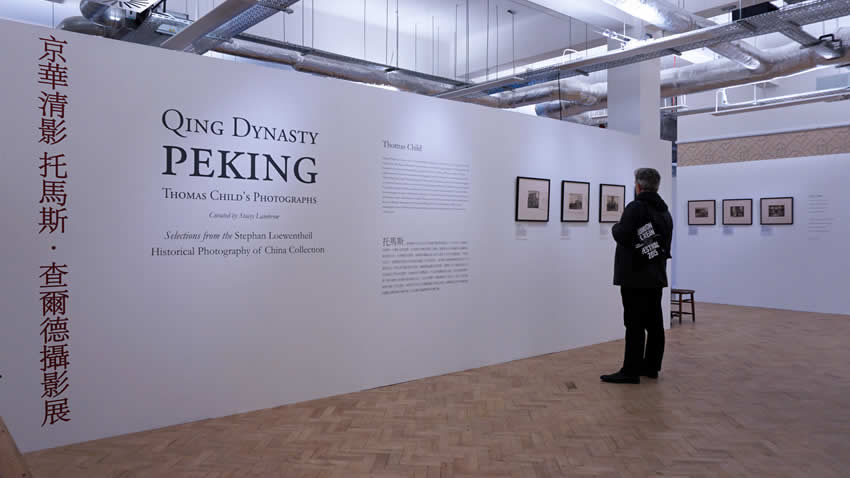What is Exhibition Design?
Exhibition design is a multifaceted methodology that translates informational narratives seamlessly into physical environments that connect with their audience on numerous levels. The exhibit design process fuses various elements to stimulate, inspire, and educate. Interactives, interpretation, architecture, interior design, graphics, multimedia, lighting, object display, immersive and interactive design, audiovisual and signage & wayfinding are just a few to mention. Great exhibition design brings stories to life in a meaningful way.

What makes Great Exhibit Design?
If you have read the article on top five tips for designing innovative museum exhibitions, you will already have some understanding of what makes a great exhibit, in particular how to produce it. Although the answer to this question will differ from person to person, we feel the following elements play a vital part:
- It’s unique and has a wow factor.
- Ensure you work with a professional and passionate multidisciplinary team.
- A balance between static displays and interactive elements is important for a great exhibition design. A well-designed space will include a mix of both to cater to different learning styles and preferences. This balance encourages visitors to engage with the content in various ways, making the exhibition more memorable and effectual.
- Have a clear line of communication with all interested parties. Communication should be clear, concise, and easy to understand. Visitors should quickly grasp the purpose of the exhibition and what they can expect to learn or experience.
- Involve interested parties, for example, Friends of The Museum, to provide their ideas and thoughts.
- Planning for flexibility in the design allows for easy updates and changes. Exhibitions often need to adapt to new information or rotate displays, and a flexible layout can accommodate these changes without extensive redesign. This adaptability ensures that the exhibition remains current and engaging over time.
- A tested and reliable conceptual design (we prefer 3D models) that creates a cornerstone for layout, design and budget planning.
- The space conveys an inclusive story and engages visitors to explore further. Exhibitions that tell a compelling story are often the most successful. A well-formulated narrative can captivate visitors and keep them engaged throughout the exhibition. Effective storytelling can transform an ordinary exhibit into an extraordinary one.
- Use visual, audible and sensory surprises to keep the audience’s attention on sizeable exhibits.
- Clever interpretation design. For example, purposeful text interpretation communicates a clear vision of the story.
- The exhibit is immersive (hands-on/multimedia interactives). Multimedia can be a powerful tool in exhibition design, enhancing the visitor experience and providing additional information or context.
- Compelling graphics or digital images breathe life into the exhibit. Eye-catching graphics and visuals can help to draw visitors in and create a memorable impression.
- Make the gallery/exhibit space accessible and appealing to all ages. The layout should be carefully considered to ensure visitors can easily navigate the space and that exhibits are presented in an analytical order.
- Think about colour-blind and visually impaired visitors when creating graphics and text.
- Make sure there is easy access for people with disabilities.
- Think about display heights for children and people in wheelchairs.
- Display the objects in a meaningful and, where possible, multi-sensory way.
- Interactive exhibits are a lot of fun and can help visitors engage with the subject matter in a meaningful way.
- Consistent branding and design style can tie the exhibition together and create a cohesive visitor experience.
- Beautiful exhibition lighting can often make or break a space. Effective exhibition lighting design highlights the key features of an exhibit. It draws attention to the most important elements, creating important focal points that guide the visitor’s eye throughout the space. The choice of lighting fixtures, their placement, and the type of light used can profoundly alter the perception of the displayed objects.
- Less is more, especially when it comes to content.
- Creating a captivating centrepiece object or interactive experience initiates curiosity. Great exhibition design should echo interest and intrigue, enticing visitors to explore beyond the displays. This is achieved by the strategic placement of captivating centrepieces or interactive experiences that animate and initiate engagement, leaving visitors actively involved in the exhibition experience, rather than merely being passive observers.
- Make sure well-structured signage and wayfinding are in place. The flow of visitors through the exhibition should be carefully considered to ensure that visitors can move through the space logically and intuitively.
author: Tamara De Schepper



